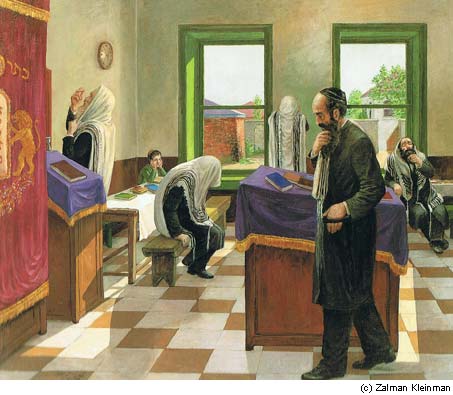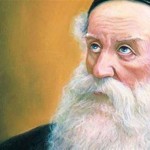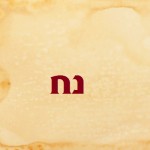Rabbi Shneur Zalman of LiadiThe Alter Rebbe Parshat Ki-Teze 5565-1805 (1) second version
Indented text by the translator
Early Time
When God desired to enact creation, all future entities and events rose in a single antecedent thought—called the antecedent thought of Primordial Man. God envisioned the complete system of worlds, replete with their various denizens. All of history’s events—the details of every entity—were seen. His thought extended to the lowest of all possible realms—the bottommost limit of the world of Action.
Thus He observed all that would transpire over the duration of time. “Six thousand years,” the Talmud informs us, “the world exists.” God’s thought encapsulated all the events of those 6,000 years, until the Messianic era and the Seventh Thousand Year.
The Future era includes three phases: Messianic times, the Resurrection of the Dead, and the Seventh Thousand Year. Eternity and Infinity will be openly revealed to Jewish souls upon the commencement of the year 6,000. But like Shabbat, the Seventh Thousand-Year “day” can be ushered in before its appointed time.
History of Thought
God observed all the events that would take place within this allotted time: the Torah’s chronological account of Abraham, Isaac, and Jacob; the Jewish people’s departure from Egypt and their entrance into the land of Israel; the destruction of the First and Second Temples.
Everything that would happen during these 6,000 years rose as a single vision in His antecedent thought. “God,” the Talmud informs us, observed and saw “in a single glance ‘till the end of time all that would transpire for the duration of 6,000 years.” How is this possible?
Because Primordial Man is above time. That’s why past, present, and future can be viewed from that vantage point in a single glance. Consequently, God’s glance encapsulated all future occurrences, as well as the events recorded in the Torah. Thus it arose in His antecedent thought that there would be 10 specific creation utterances in the world of Emanation. He envisioned the Torah’s chronology of events —a sequence separated into units of time.
Adam’s story occurred several hundred years before that of Noah and the Flood. Abraham’s deeds took place much later. The Exodus from Egypt occurred at a still later date. And the doings of Balak and Balaam happened many years later yet. Within God’s antecedent thought, though, all these events were observed together, in one comprehensive glance. They could be embraced in one glance because Primordial Man is beyond time.
References
Early Time
antecedent thought—called the antecedent thought of Primordial Man
The Second Book of the Zohar, page 20, side a;
Tikunei Zohar, chapter 69, page 111, side a;
Pardess Rimmonim, portal 23, chapter 13;
Eitz Chaim, portal 10, chapter 2.
“Six thousand years,” the Talmud informs us, “the world exists.”
The Babylonian Talmud, Tractate Rosh Hashana, page 31, side a.
Messianic times, the Resurrection of the Dead, and the Seventh Thousand Year
Rabbeinu Bachayei, The Book of Genesis, chapter 2, verse 2;
Shelah, (hagah) section Toldos Adam, chapter Beis David, paragraph 43.
“in a single glance ‘till the end of time all that would transpire for the
The Babylonian Talmud, Tractate Chagigah, page 12, side a.







